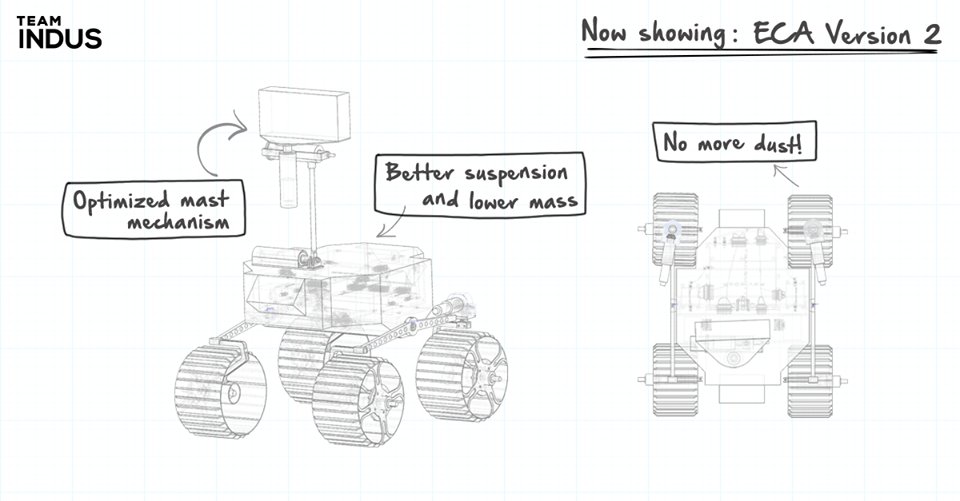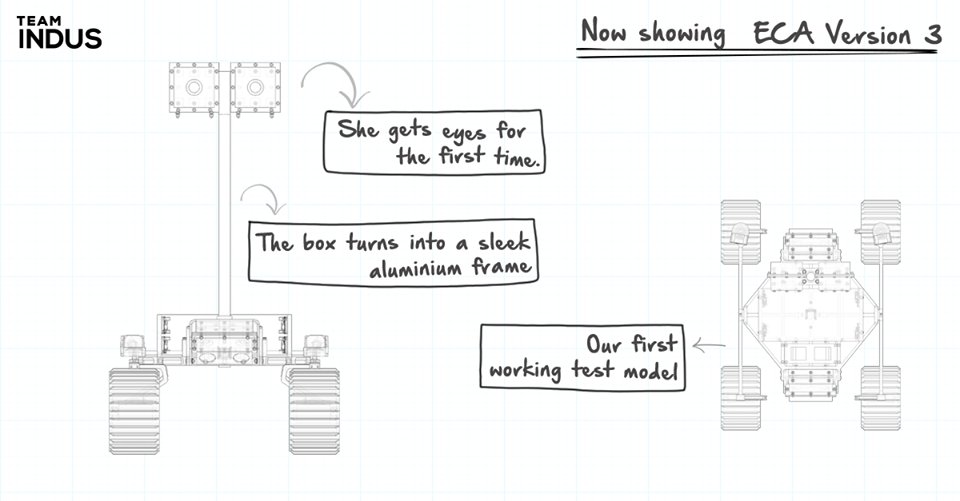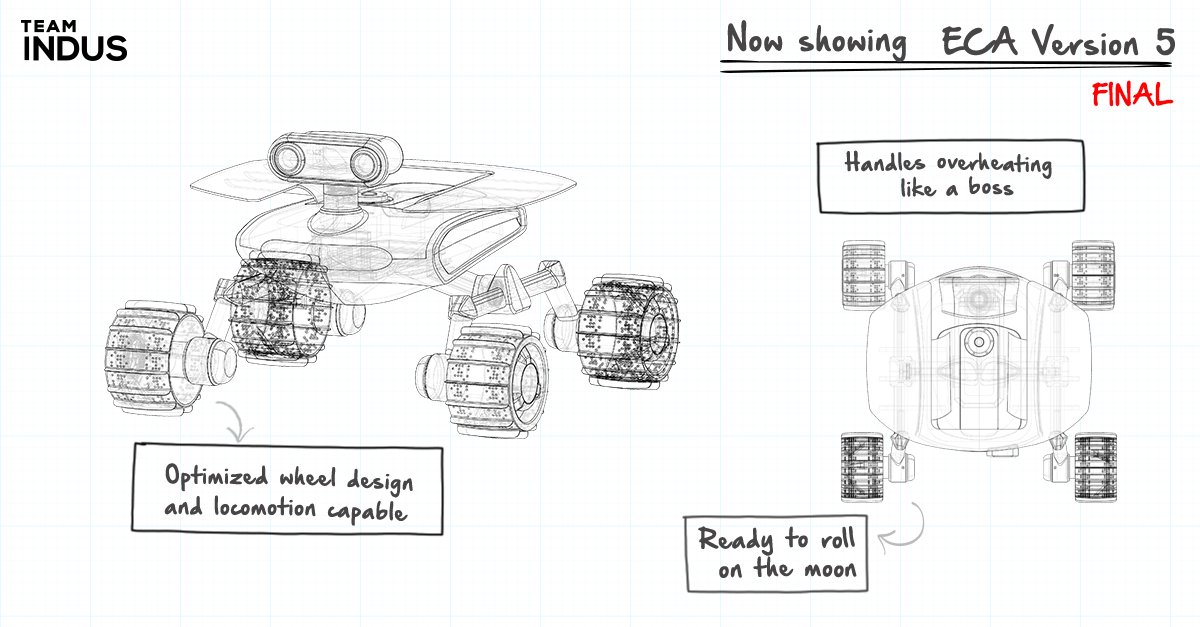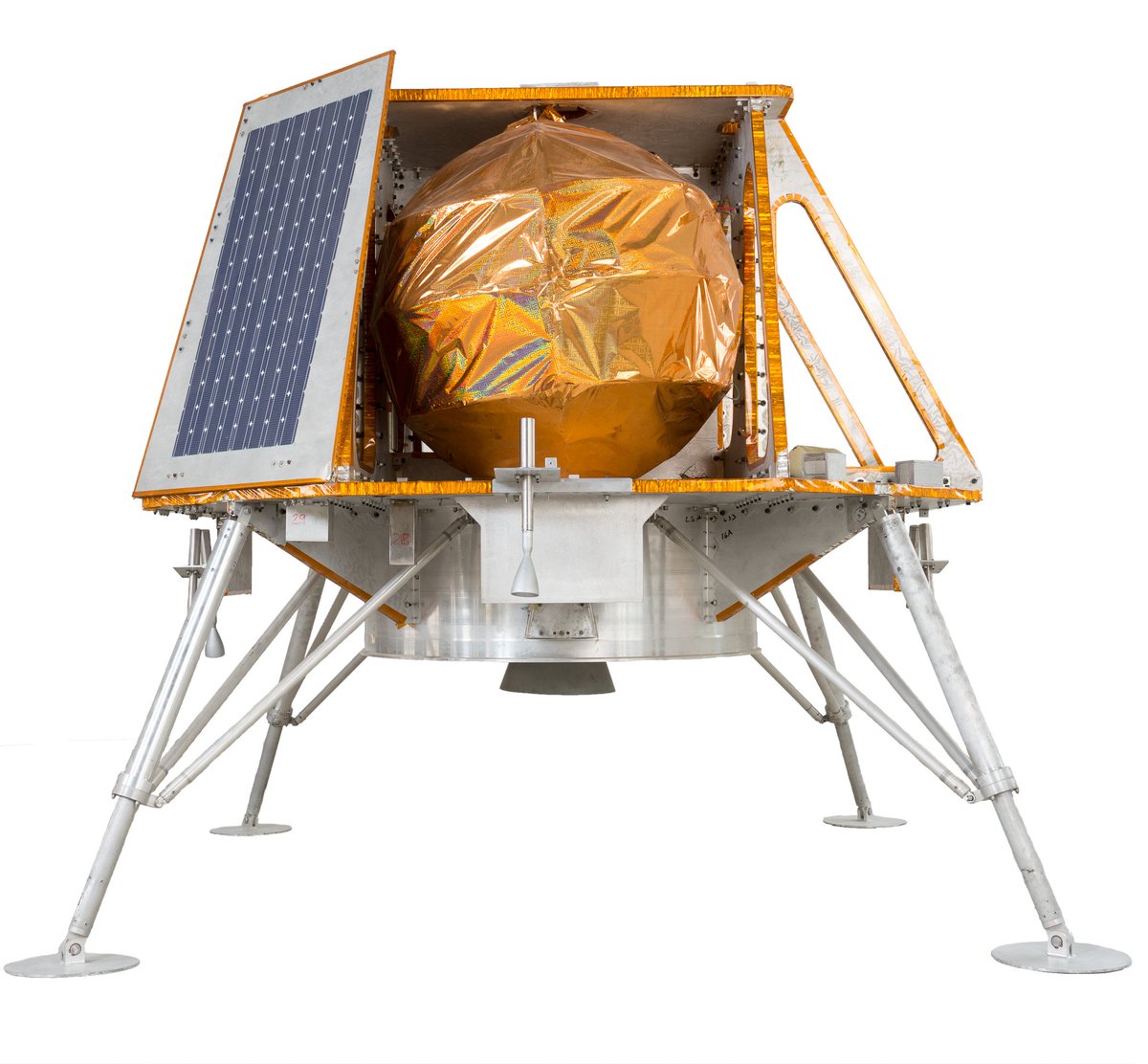http://www.thehindu.com/news/nation...ntries-in-ST-by-2030-Modi/article16982261.ece
Tirupati: - Prime Minister Narendra Modi addressed a gathering at the Indian Science Congress in Tirupati on Tuesday.
On access to science
The brightest and best in every corner of India should have the opportunity to excel in science. We need to connect our leading institutions to all stakeholders, including schools and colleges. Seeding the power of ideas and innovation in schoolchildren will broaden the base of our innovation pyramid and secure the future of our nation.
The Government remains committed to provide the best support to our scientists and scientific institutions. Niti Aayog is also evolving a holistic science and technology vision for the country. Technology Vison 2035, released in last year’s Science Congress, is now being developed into a detailed roadmap for 12 key technological sectors.
Waters that surround Indian peninsula and the vast coastline, provides 2.4 million sq km of exclusive economic zone. Ocean economy would be a significant dimension in our sustainable future. Ministry of Earth Sciences is working on launching a 'Deep Ocean Mission' to explore, understand and harvest these resources in a responsible way.
'Knowledge should translate into innovations'
Our best science and technology institutions should further strengthen their basic research in line with leading global standards. Translating this basic knowledge into innovations, start-ups and industry will help us achieve inclusive and sustainable growth. By 2030 India will be among top 3 countries in science and technology. Science must meet the rising aspirations of our people. Another empowering factor for scientific delivery is the Ease of Doing Science. If we want science to deliver, we must not constrain it.
Thanks scientists for their work
One major area that needs to be addressed is the Cyber Physical Systems, as it has the potential to pose unprecedented challenges. It is a huge opportunity for training and research in Robotics, Digital Manufacturing, AI, Big Data Analysis, Quantum Communication, Deep Learning and Internet of Things. Tomorrow’s experts will come from investments we make today in our people and infrastructure. The nation will always be grateful to scientists who have worked tirelessly to empower our society by their vision, labour, and leadership. Our scientists have contributed strongly to the strategic vision of the nation.
There is a need to develop and exploit these technologies in services and manufacturing sectors. Ranging from fundamental science to applied science with emphasis on innovations, the government is committed to supporting different streams of scientific knowledge. We need to keep an eye on the rise of disruptive technologies and be prepared to leverage them for growth.
http://www.deccanherald.com/content/589629/pm-asks-scientists-keep-eye.html
Prime Minister Narendra Modi today exhorted scientists to keep an eye on the rise of disruptive technologies even as he underlined government's commitment to supporting different streams ranging from fundamental science to applied science with emphasis on innovations.
In his address at the inauguration of the 104th session of the Indian Science Congress, Modi listed "rapid global rise of Cyber-Physical Systems" as one important area that needed to be addressed, saying it has potential to pose unprecedented challenges and stresses on the demographic dividend.
"But we can turn it into a huge opportunity by research, training and skilling in robotics, artificial intelligence, digital manufacturing, big data analysis, deep learning, quantum communication and Internet-of-Things.
"There is a need to develop and exploit these technologies in services and manufacturing sectors; in agriculture, water, energy and traffic management, health, environment, security, infrastructure and Geo Information Systems, financial systems and in combating crime," he said.
The speed and scale of changes encountered today are unprecedented, he said.
"My government is committed to supporting different streams of scientific knowledge; ranging from fundamental science to applied science with emphasis on innovations. Some of these important challenges are in the key sectors of clean water & energy, food, environment, climate, security, and health care," he said.
Building a strong science and technology infrastructure that is accessible to academia, start-ups, industry and R&D labs is a priority of the government, he said, adding they need to address problems of ease of access, maintenance, redundancy and duplication of expensive equipments in scientific institutions.
"The desirability of establishing professionally managed, large regional centres in PPP mode housing high value scientific equipment should be examined," he said.
Noting tha
t SCOPUS database indicates that India ranks sixth in the world with respect to scientific publications and is growing at a rate of about 14 per cent against the world average of about 4 per cent,
Modi said by 2030 India will be among the top three countries in science and technology and will be among the most attractive destinations for the best talent in the world.
Scopus is a bibliographic database containing abstracts and citations for academic journal articles.
He asked institutions to consider inviting outstanding scientists from abroad including NRIs for long term research associations. "We should involve foreign and NRI PhD students in post-doctoral research in our projects," he said.
Science must meet the rising aspirations of our people, he said, asserting that problems of urban-rural divide and work for inclusive development, economic growth and employment generation must be addressed through it.
Seeking to make science and technology a strong tool of inclusive development and betterment of the weakest and poorest segments of our society, he said ministries, scientists, R&D institutions, industries, start-ups, universities and IITs, all should work together seamlessly.
"In particular, our infrastructure and socio-economic ministries must make appropriate use of science and technology," he said.
Noting that SCOPUS database indicates that India ranks sixth in the world with respect to scientific publications and is growing at a rate of about 14 per cent against the world average of about 4 per cent, Modi said by 2030 India will be among the top three countries in science and technology and will be among the most attractive destinations for the best talent in the world.
Scopus is a bibliographic database containing abstracts and citations for academic journal articles.
He asked institutions to consider inviting outstanding scientists from abroad including NRIs for long term research associations. "We should involve foreign and NRI PhD students in post-doctoral research in our projects," he said.
Science must meet the rising aspirations of our people, he said, asserting that problems of urban-rural divide and work for inclusive development, economic growth and employment generation must be addressed through it.
Seeking to make science and technology a strong tool of inclusive development and betterment of the weakest and poorest segments of our society, he said ministries, scientists, R&D institutions, industries, start-ups, universities and IITs, all should work together seamlessly.
"In particular, our infrastructure and socio-economic ministries must make appropriate use of science and technology," he said.












































